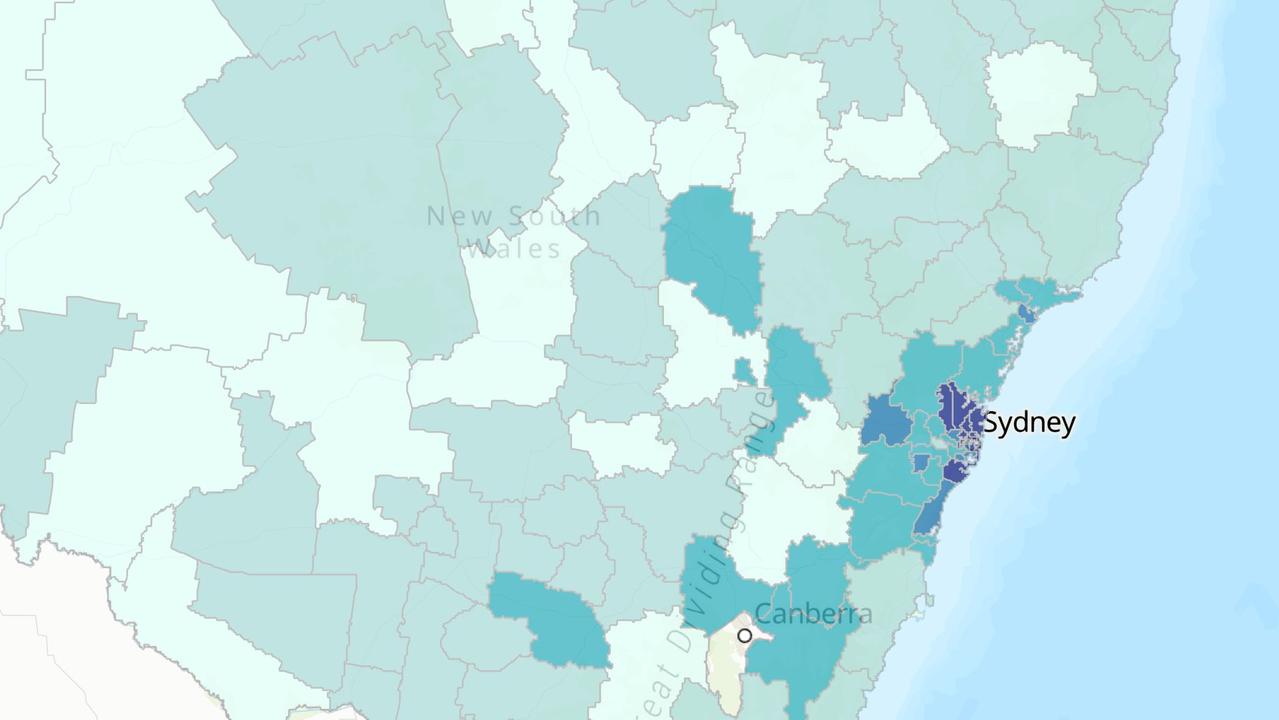‘Average’: NSW Digital Connectivity Index unmasks regional-metro disparities
A new map lays bare the striking disparities in internet connectivity for Australians, depending on where they live.
The gap between metro and regional Aussies is widening when it comes to internet connectivity.
The disparity has been highlighted in one state as the NSW government has introduced the Digital Connectivity Index.
It offers a detailed view of internet access and affordability across the state’s suburbs and a snapshot of the gap in internet access across the state.
Rated from 0 to 100, the index score measures the quality and effectiveness of digital connectivity in a selected area. The higher the score, the more favourable the conditions for digital activities in that area.
Users can input their address to compare their suburb’s connectivity. An “above average” score is needed for a passable internet service, enabling meaningful digital activities like working, video conferencing, and accessing telehealth.

The overall index score takes into account both “On the Move” (mobile operators) and “Stationary” (fixed internet and mobile network connectivity) activities when assessing connectivity technology requirements.
The average “On the Move” score at a suburb level across NSW is a concerning 55.
Regional suburbs face an even more daunting situation, with the average connectivity score plummeting to 16. Although metro suburbs fare marginally better with a score of 64, the contrast underscores the significant digital divide between regions and urban centres.
For example, Barangaroo boasts a perfect Digital Connectivity Index score of 100, while Ungarie in regional NSW struggles with a score of 15. This discrepancy is further highlighted by the neighbouring suburb of Kikoira, which achieves a rare perfect score of 100, an exceptional feat for regional areas.
Unfortunately, such high scores are infrequent in regional NSW, with most well-connected suburbs concentrated around the CBD and densely populated regions.
Koreelah stands out as one of the least connected suburbs with a score of zero, mirroring the poor connectivity in surrounding areas like Woodenbong, Urbenville, and Upper Tooloom.

The NSW government is encouraging agencies, councils, businesses, and service providers to use the tool to make informed decisions on digital inclusion and connectivity investment, aiming to bridge the state’s digital divide.
Jihad Dib, the Customer Service and Digital Government Minister, emphasised the government’s commitment to ensuring universal internet access by identifying “areas where we may be able to provide support and work with other levels of government and industry to develop solutions.”
The government is also encouraging first-home buyers to use the tool to assess internet connectivity before purchasing a home.
Mr Dib highlighted the tool’s significance: “The suburb-by-suburb detail of this tool, measuring connectivity by access, affordability, and demographics, is a first for Australia. It sets us on the path to building digital inclusion and community safety, from improving connectivity during natural disasters to identifying black spots.”





